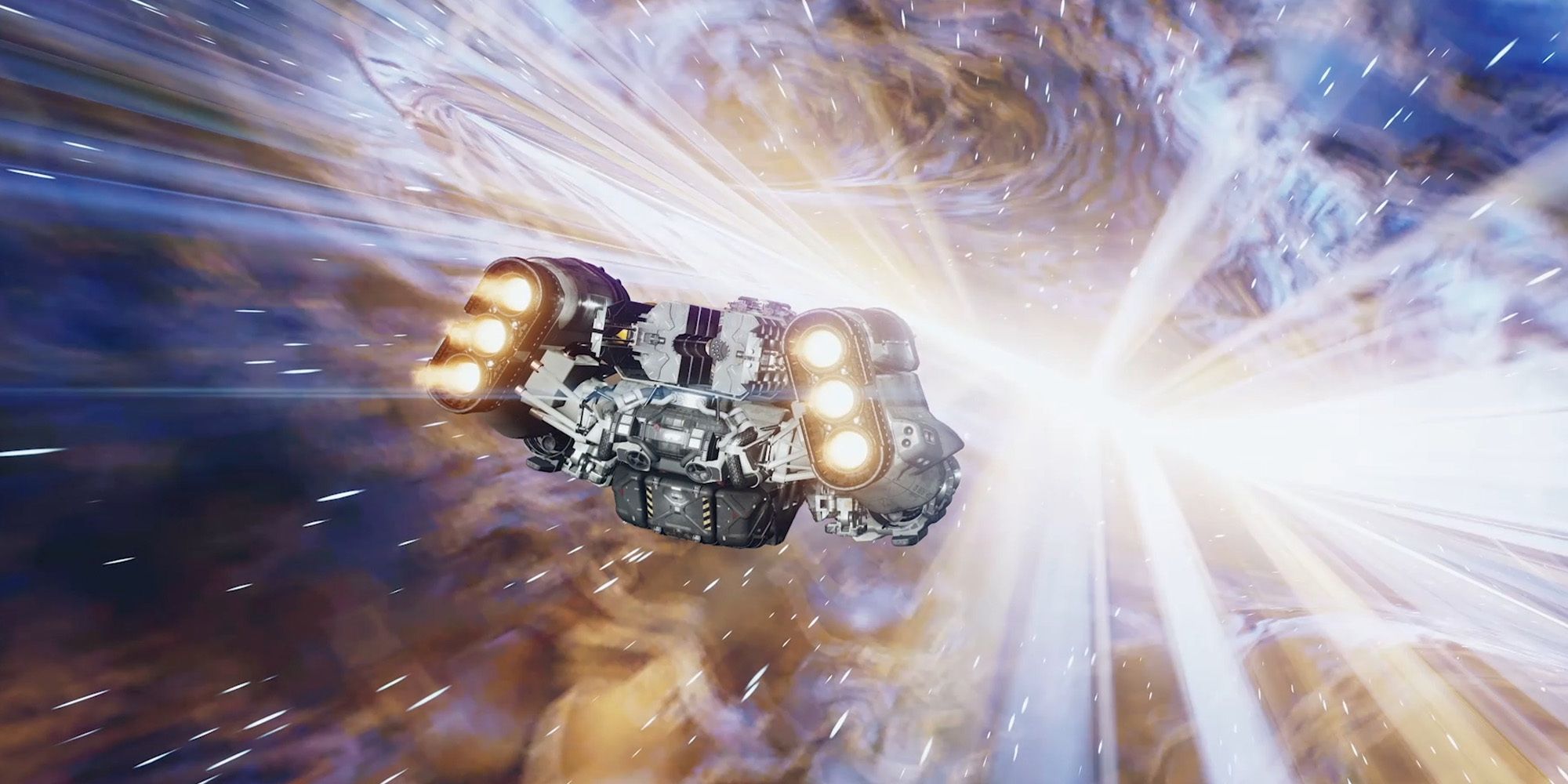Starfield's '100 systems, 1,000 planets' promise has divided the fanbase. On one hand, there will be so much to explore, so many places to go, and the chance to literally get lost among the stars. On the other hand, there's a chance that most of these planets will be barren spheres, with nothing to look at besides the one grey building holding the item you were sent halfway across the galaxy to fetch.
Whichever side of the fence you're on, there's no denying that the 13 minute gameplay demo we saw during the Xbox and Bethesda showcase illustrated just how massive the scale of the game will be. At the center of it all will be the star map which we got only a brief look at. It would be safe to assume that players will jump from one system to another via this map – like in the Mass Effect series. You can start exploring the map right away thanks to one fan who has built a prototype based on the few seconds of the map we saw (thanks, PCGamesN).
Reddit user i_need_a_fast_horse has built a working prototype of the map, with around 75 systems and various charting tools to help you get your bearings straight. Uploaded to GitHub, the Starfield navigator tool will let you zoom, pan, and rotate the map however you want. You can also measure the distance between two celestial bodies and chart a course.
"Around 13:30 in the video, the starmap is visible for ~6 seconds," says the description of the tool. "That scene was used to track all visible stars and reconstruct their ingame position. The footage included seven named stars, three of them are real star systems (Sol, Alpha Centauri and Porrima). The real-life position of those stars were used to calibrate the reconstruction."
A few more insights were provided by the creator. They used distance, position, and colour to identify three more real stars – Altair, Barnard and Sirius. They also noted that a 24.6 light-year jump-range would be enough to reach each of the systems on the map, which most of the ships seem to have; and according to their calculations, the average distance to the nearest system is 8.8 light-years.

